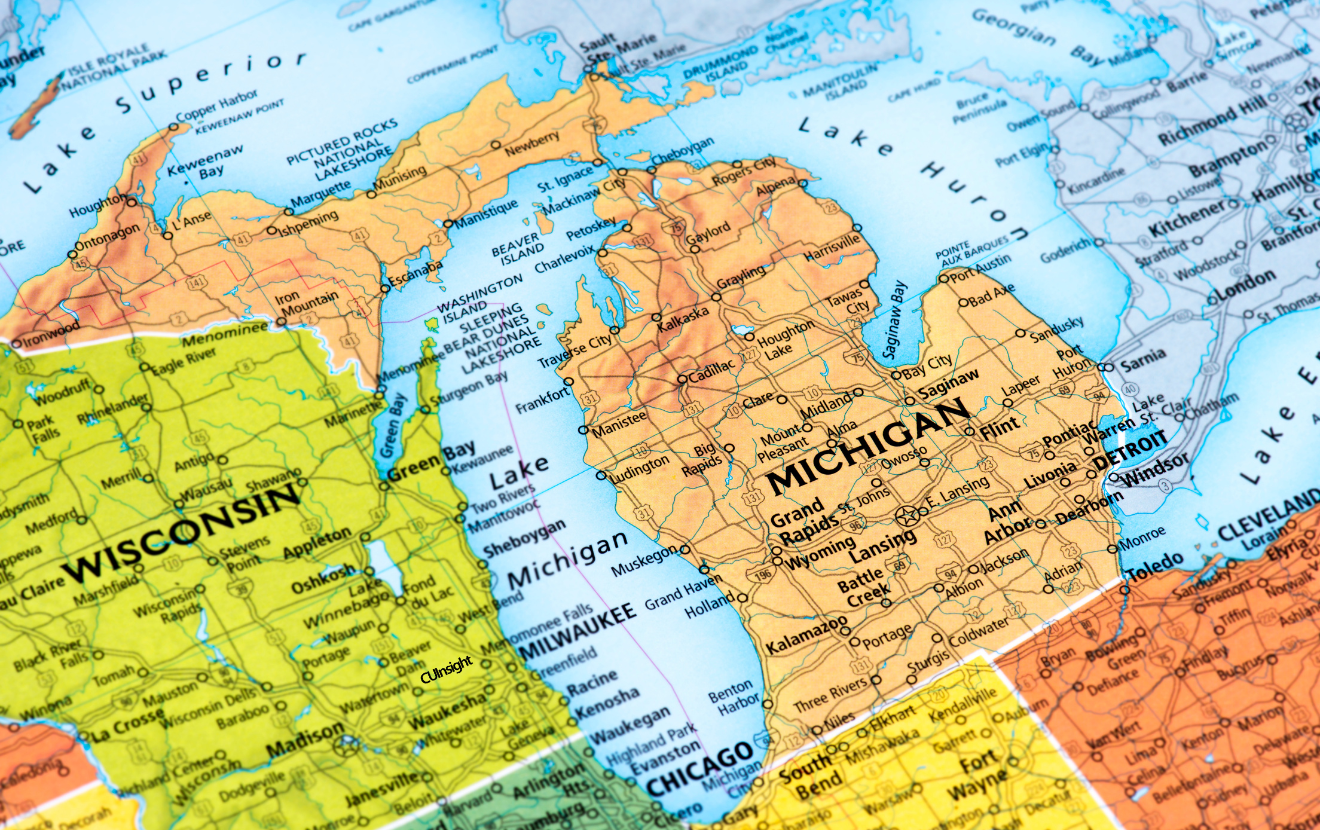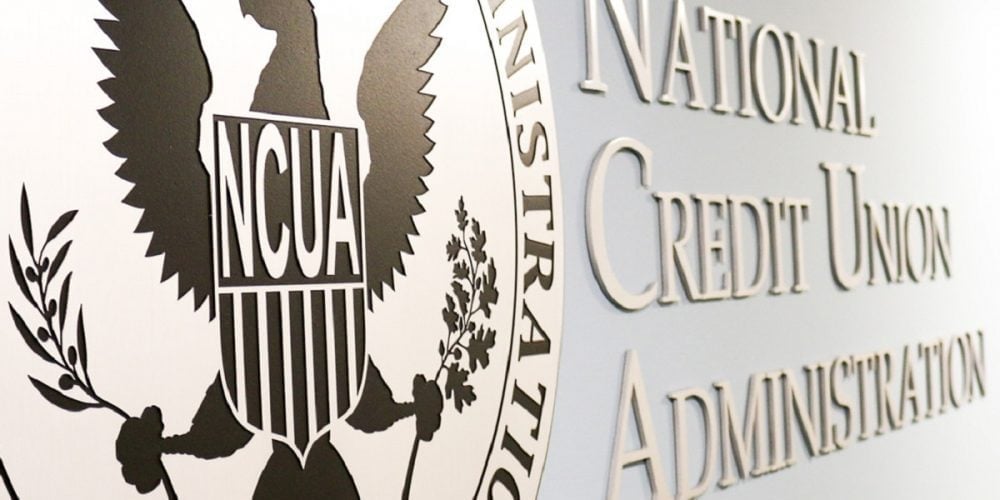If your credit union hasn’t asked this question yet, put it at the top of the list for your next executive strategy and technology chat: how long will traditional and bank-controlled payments (cash, paper, plastic) be considered viable or safe in a world where Novel Coronavirus/COVID-19 is an economic and social reality (as an ideal medium for all sorts of nasty vulnerabilities and systemic diseases)!?
My suspicion; recent global and economic events will help ensure 2020 is the year merchants and communities accelerate into the future of payments and away from legacy and cash/paper contaminated banking and settlement services.
My suspicions are rooted way back in 2011, when my wife and I took a trip to The Berkshires; and there we encountered Main Street merchants using/accepting “Berkshares,” a local currency which provided additional purchasing power to patrons who used the proprietary currency issued by a local bank.
Now, in 2020, I’m concerned (and convinced) other alternative currencies represent real and present dangers to the existence of local financial institutions and the affordable and fair access they provide to community strengthening consumer financial services.
To understand why, let’s rewind back to 2012, when my team and I wondered why this localized economy concept of “Berkshares” couldn’t/shouldn’t be digital. This thought led to the design and development of our technology to support direct-to-merchant relationships for digital payments, capturing patron prepaid balances in local financial institutions, supporting digital payments and rewards, etc.
In 2016, I bought my first Bitcoin on Election Night … fully mesmerized by the political events of that evening (and a fair ways into my third glass of bourbon).
In 2016 the financial services industry was intoxicated by a different “B” word, Blockchain.
Execs and IT leaders of most institutions I encountered at the time were excited, energized, and invested in some ‘security’ or ‘ID verification’ experiment using Blockchain. If they weren’t planning to use Blockchain to solve for an entire array of ‘security’ issues, they were attempting to ‘improve’ everything from loan file tracking to toilet paper inventory management using the promising distributed database technology.
In the following year, 2017, Bitcoin burst to historic price points and market cap marks as a security and potential alternative/digital currency. At peak market (thus far) in Dec 2017 total (global) crypto market cap was ~$600b.
In January 2018 “the bubble burst,” or so the predominant narrative goes.
Throughout 2018 the typical conversation I experienced with financial institution execs or IT experts in banking/credit unions went something like this, “Bitcoin, isn’t that the fake money stuff that collapsed at the end of 2017 and is just like the Dutch Tulip Bulb mania from the 17th Century?” I’d estimate that out of 2000 financial institution execs I spoke to/with throughout 2018 and 2019, twenty (20) were intrigued to understand cryptocurrency – specifically Bitcoin.
At the same time, in 2019, FinTechs maintained a furious pace of development, furthering distributed ledger technology and targeting payments and banking services with complete awareness of the exposed flank in financial services. In January of 2020 Jack Dorsey’s Square Inc. secured a patent for a merchant based payment network predicated upon cryptocurrency.
As of Feb 2020 Bitcoin had rallied back to $10k+ per coin, and altcoins/other cryptocurrencies followed the same parabolic path. The resurgence of market cap strength and the strong return on investment in the cryptocurrency sector should be troubling for financial institutions. The consumer value proposition for a financial institution savings account was between .25% and 2% from 2011 to 2019, 2% being a “high yield” offering at boutique online outlets. During the same timeframe the return on Bitcoin (as just one cryptocurrency) was approximately 9.4k% (no, that’s not a typo) – and that includes the loss of value during the ‘great bubble burst’ of Jan 2018.
In other news from Feb of 2020, Coinbase (US leading cryptocurrency exchange) became the first official cryptocurrency firm/exchange to receive Visa’s blessing to offer the holy sacrament of financial services – a debit card.
So, here’s the situation for financial institutions and providers of traditional retail financial services:
- Consumers can currently receive exponentially greater value return from non-dollar holdings in assets/currencies like Bitcoin, Bitcoin Cash, Litecoin, Ether, Ripple XRP, etc.
- Payments tech firms are securing intellectual property to overlay on their existing merchant transactions processing networks, which will not only allow consumers and merchants more affordable payment methods, but will (presumably) allow consumers to store value outside banks/credit unions and receive greater returns/rewards for values stored/spent on cryptocurrency and alternative merchant payments networks.
- Local financial institutions are unware they could do the same, but ought to be rapidly seeking solutions to support similar payments networks.
- Community financial institutions should also be looking to add value to consumers by providing a secure place to store cryptocurrency with a trusted and local partner.
- Cryptocurrency market cap is growing, again, with even previously reserved or skeptical analysts projecting increased adoption of the assets/currencies and potential quadrupling of market cap.
- FinTechs are acquiring Banks as a means of controlling distribution of modernized digital and financial products/services to localized and internet communities of consumers.
- The World Economic Forum officially formed a cryptocurrency governance council at their Davos 2020 summit.
- Major governments around the world are actively exploring their own digital currency initiatives as alternatives to challenges confronting fiat currency markets and as digital alternatives to cash.
These are just some of the current events which clearly indicate money is morphing, merchants aren’t waiting around for banks, and consumer cryptobanking is happening, and cryptocurrency is no longer the nerd living in the basement of financial services (it’s the promising protégé with an impressive and growing side hustle!).
Yet, institutional participation and readiness lags woefully – especially in the community FI sector.
Community financial institutions can’t afford to react to consumer sentiment; because for the first time ever (due to the technological innovation known as distributed ledgers) waiting will mean the money is already gone; it will have morphed into new distributed networks and out of dollar deposits at traditional/local financial institutions.
Sure, there are recent examples of persisting challenges with cryptocurrency transaction speed and stability. However, before anyone presumes plastic will persist without challenger (not to mention planned price increases for processing payments in the eCommerce space), it’s important to remember the inherent simplicity and openness of this ‘internet of money’ means that a few highly-skilled and seriously motivated players will be able to innovate around and past those challenges without the inefficiencies of prior payments networks and their myriad of stakeholders, territorial players, and incumbent interests.
In the end, consumers will move towards value, convenience, rate of return, ease of use, security, and other factors favoring digital payments and currencies; merchants will move towards pricing, features, and value for patrons/consumers.
Legacy payments solutions offer little to communities, consumers, or cooperatively minded financial institutions.
Cash is dirty; plastic is pricey; consumers and merchants know this. Community financial institutions need to be positioned to support local, valuable, sustainable, and relevant networks with modern technology. We can help.







